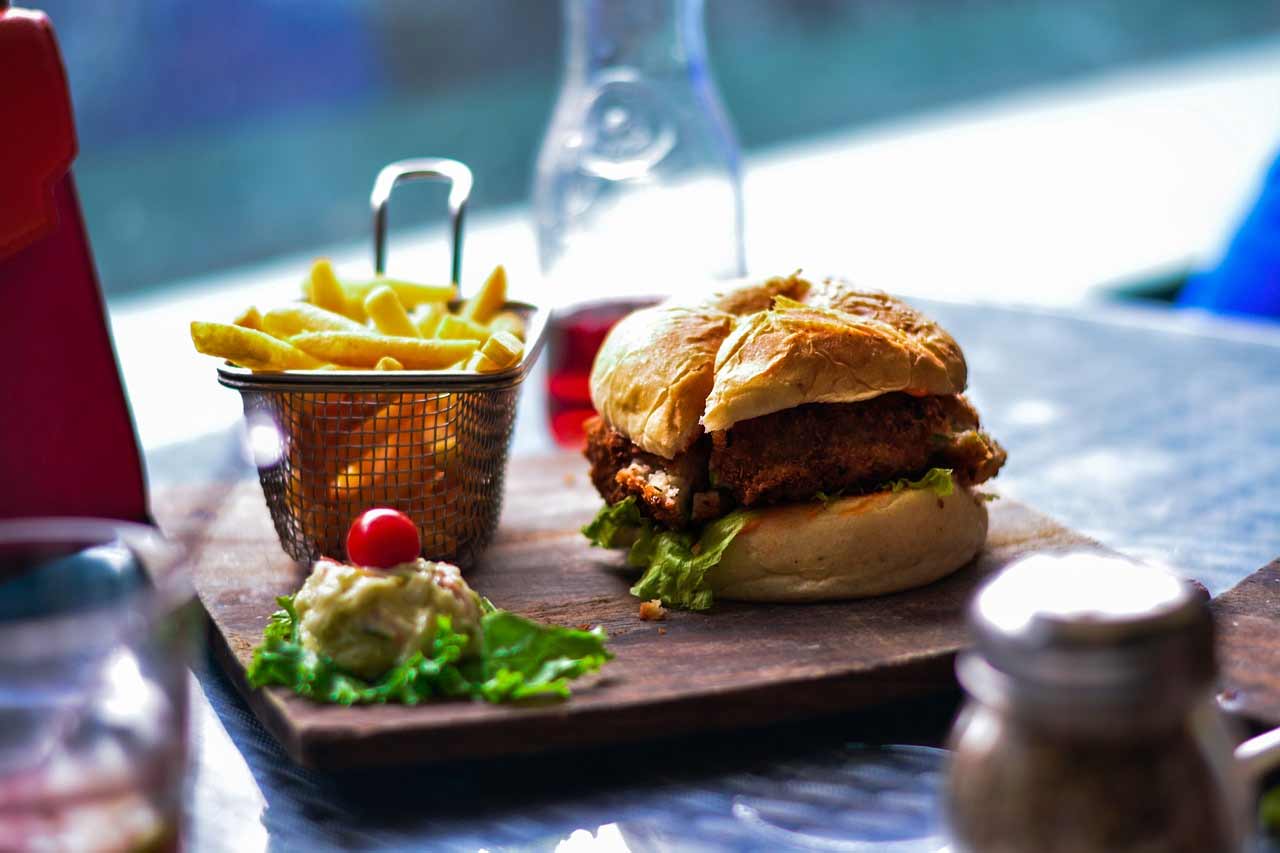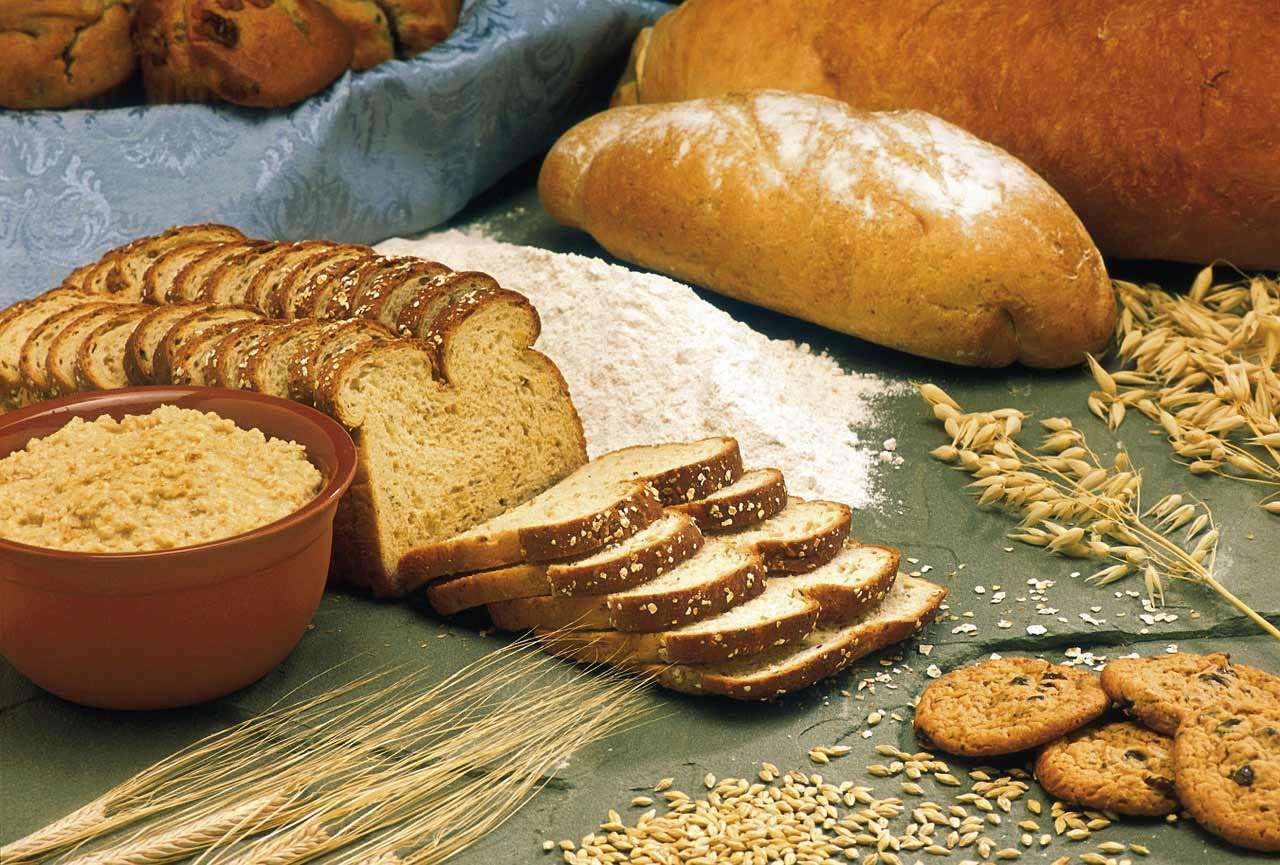You’re serious about your health and well-being. You’ve taken the time to set up a diet and exercise program so that you feel good from the inside out. Each week you’re seeing results and enjoying watching all of your hard work and dedication pay off. Then, out of nowhere seemingly, it happens. Everything plateaus.
Reaching a point of plateau when it comes to dropping pounds and building mass is something that almost everyone reaches at some point along their journey. Instead of letting it frustrate you, some specific action can be taken in terms of your eating plan to get you out of the rut.
As an athletic person, you run the risk of overtraining to try and see those desired results again. That can turn into a plethora of physiological and psychological problems. There’s a high likelihood that you are only going to get burnt out and potentially injure yourself trying to get over the difficult condition of your stalemate.

Instead, you should be implementing a refeed day into your routine. If you don’t know what a refeed day is, you’re probably going to be pleasantly surprised with the idea. If you already have a refeed day, take this advice on how to do it correctly to make the most out of it.
What is a Refeed Day?
For those that don’t know what a refeed day is, the basic definition is an increase in calorie intake that is planned while dieting. Just like overtraining has a variety of physiological and psychological benefits, so does refeeding.
Did you know that when you cut calories and get into a deep stage of dieting your body can go into a metabolic adaptation? You are also going to have lower energy levels and can even suffer from mental lethargy if your restrictions are severe enough. To keep this from occurring, boosting that calorie intake at least once in a while is necessary.
The question is, how often do you get a refeed day? When you are training, the most common schedule utilized in refeeding is overloading on carbohydrates for 24 hour periods once or twice per week. However, different professionals have different guidelines that they follow when it comes to a refeeding schedule regarding frequency. One such refeeding schedule is as follows:
- – > 20% body fat: Re-feed once every month.
- – 15% – 20% body fat: Re-feed once every 2 weeks.
- – 8% – 15% body fat: Re-feed once every week.
- – < 8% body fat – Re-feed twice per week.
The increase in carbs and calories stimulates your metabolism temporarily through the leptin that is circulating at a higher rate.
After cutting calories for so long, your leptin protein release rate is a lot lower. Carb intake and leptin have been shown through research to be directly related, but only in short-term situations. So, boosting that carb and calorie intake for a day is going to send your body’s functioning into an overdrive mode. The result is seeing the changes once again that were temporarily on hold.
Psychologically, you are going to feel better giving into some of those cravings. It’s an instant mood booster, and as long as you can stop after the 24-hour mark, it can be hugely successful for your journey.

Dieting isn’t easy all the time. In fact, it appears that diets seem to fail more often than they are successful for a plethora of reasons. Think about these factors:
- Feeling deprived of the foods you love
- Not being able to fit dieting into your routine
- The cost
- They stop being effective
Instead of trying to constrict yourself to an unrealistic diet for the rest of your life, you can utilize these refeed days. When you eat the way you are supposed to with a refeed day on the horizon, you are going to be a lot less likely to fall off the track. The last thing you want to do is end up sliding into a tailspin of unhealthy eating on a regular basis.
What are Refeed day macros?
Do you know that there are only three primary food groups that are required for your body to run efficiently? Those are:
- Fats
- Protein
- Carbohydrates
These three groups together are referred to as macronutrients or macros for short. By counting and regulating these macros, it’s been proven to more easily reach health and fitness goals.
Whether you do your counting and recording by hand or through an application on your phone, it is essential to reach your goals. You have to find what macro number works for you. There is a lot of weighing and measuring of foods necessary, but if you’re serious about your health, it’s going to be an essential part of the process.
After you find out what macro number you should be working with, that is the one that you are going to aim for every day. When it comes to your refeed day, that number will jump up. To get your leptin levels to jump, you should be consuming most of your calories in carbohydrates.
So, if you were thinking that your refeed day was going to be loaded with ice cream and candy bars, now you know that’s not really how it works. You have to increase your calorie intake or micro number by boosting your carbohydrates.
For instance, if you usually consume 2600 calories on a typical day, focus on raising that number to 2900 calories. You should be getting that through mostly protein and carbs while only consuming a small amount of fat. Never eliminate them completely, because you do need healthy fats for energy and other body functions.
What are some Refeed Day foods?
Now that the disappointment of not being able to binge on sweets has passed, take a look on the bright side. You do get to eat more healthy carbs, and some of those options can be enjoyable too. You can consume your extra refeed day macros through any of the following refeed day food choices and expect to see favorable results:
- Bread
- Cereal
- Pancakes
- Pasta
- Rice
- Potatoes
- Popcorn
- Oats

[su_note note_color=”#efefef”]See also: Improving Health With Dietary Fibres[/su_note]
That is how a refeed day differs from what others refer to as a cheat day. You aren’t going crazy and just eating everything you see. That’s not going to be beneficial to you or your health and fitness goals.
You are still working with the same kind of a healthy eating routine. The change comes when you shock your system by giving your body a little bit more than what it’s used. Naturally, your functioning increases.
Refeed day example review
To maximize the benefits of your refeed day and not gain too much fat, you have to ensure you are increasing your calories correctly or it’s not going to work. As a review:
- Determine your caloric requirements
- Discover your macro number
- Find out often you should be refeeding
- Increase your caloric intake by 30% on refeed days
- Boost that number through healthy carbohydrate options for 24 hours
- Return to your regular healthy eating routine
Your meal plan is one that is individual to you. As long as you are following healthy practices, you are going to start to see the results you want to after implementing and maximizing the benefits of your refeed days.
